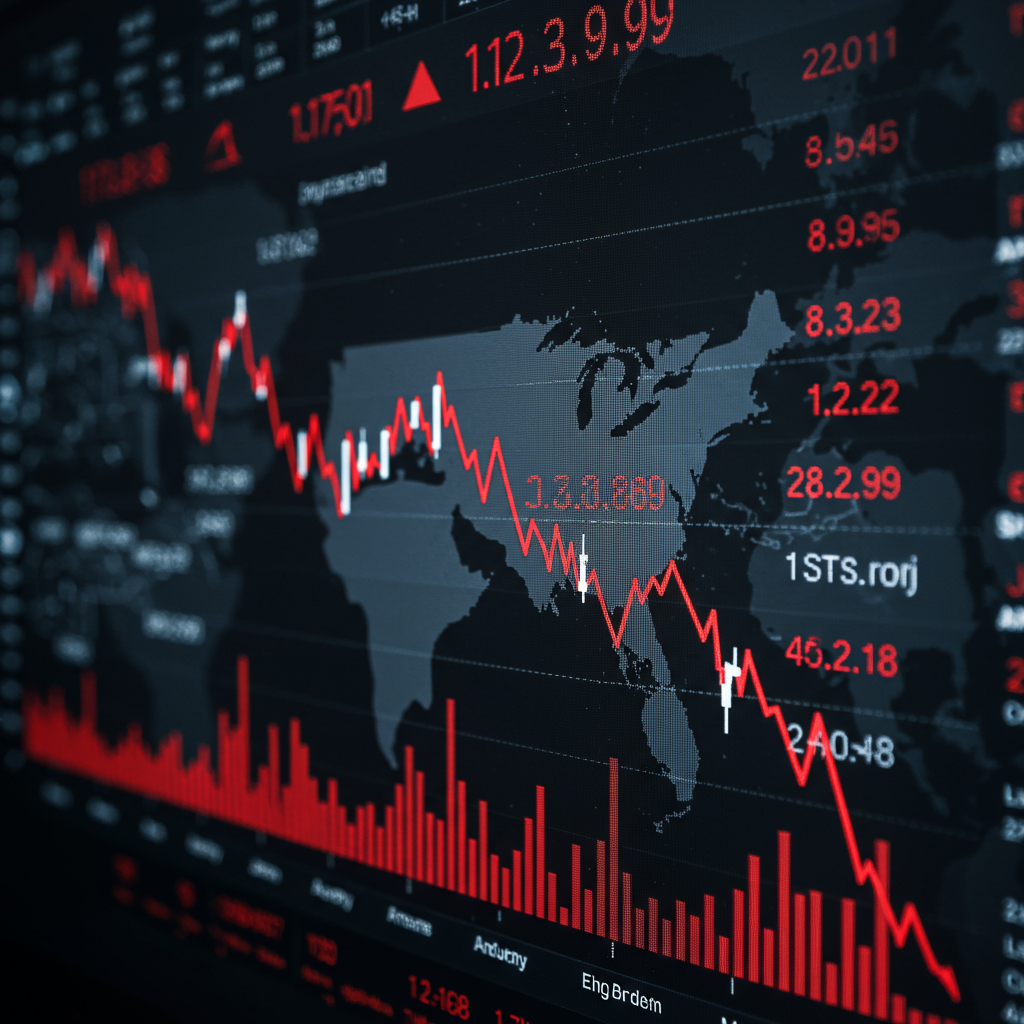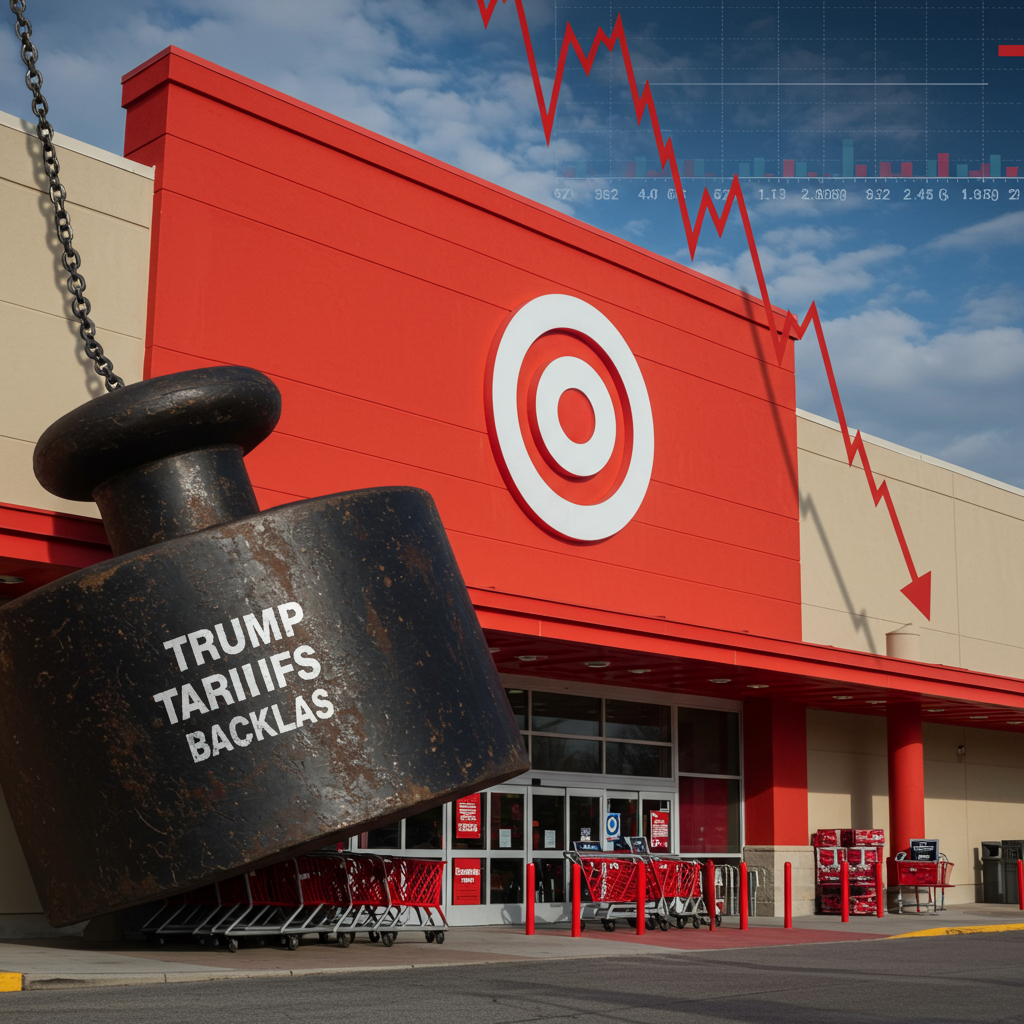In a significant policy declaration, former President Donald Trump announced substantial new measures concerning the war in Ukraine, coupling plans for enhanced military aid with a direct economic ultimatum to Russia. Speaking from the White House on July 15, 2025, following discussions with NATO Secretary General Mark Rutte, Trump outlined a two-pronged strategy aimed at shifting the conflict’s dynamics. The announcement signals a notable evolution in Trump’s public stance and impatience regarding the ongoing war.
Central to the new approach is a commitment to drastically bolster Ukraine’s defenses. Trump stated that the United States would facilitate the rapid delivery of “top-of-the-line weapons” to Kyiv. This vital military support is planned to be channeled through NATO member countries, leveraging existing alliance infrastructure.
Doubling Down on Military Aid for Ukraine
The proposed weapons package, estimated to be worth billions of dollars, represents a tangible increase in lethal aid promised to Ukraine under this administration. While specifics remain somewhat limited, both Trump and Rutte confirmed the inclusion of critical “missiles and ammunition.” A key component involves Patriot air defense systems.
Under the proposed arrangement, European nations would initially transfer their existing Patriot systems, which are essential for intercepting Russian air and missile strikes, directly to Ukraine. The United States would then move swiftly to replace these systems for its European allies, ensuring their own defense capabilities are not diminished. NATO Secretary General Rutte described this coordinated effort as a “big step,” confirming European partners have already committed funding to support the initiative and would effectively “foot the bill” for the comprehensive supply effort via NATO. This mechanism aims to ensure a “massively supply Ukraine with what is necessary.” The goal is to quickly distribute this advanced equipment to the battlefield, enabling Ukraine to better defend itself and “do what it wants to do.” This marks the first public pledge of new military equipment for Ukraine from Trump since returning to the White House.
Issuing a Tariff Ultimatum to Russia
Simultaneously, President Trump delivered a stern warning to Moscow on the economic front. He declared that the US is prepared to impose severe secondary tariffs targeting Russia and its remaining trade partners. This punitive measure is contingent upon a tight deadline.
Trump stated that if a peace agreement to end the war in Ukraine is not reached within 50 days of his announcement, the US would implement a sweeping 100 percent import tax. This tariff would apply to any country that continues to engage in trade with Russia, impacting their ability to sell products in the American market. For instance, if a nation like India were to continue purchasing Russian oil, any US company importing goods from India would face a prohibitive 100 percent tariff upon their arrival in the United States.
The intention behind these aggressive tariffs is clear: to make trade with Russia economically unsustainable for its partners. By discouraging international commerce with Moscow, the US seeks to significantly hobble the Russian economy. This strategy is designed to reduce Russia’s revenue streams, particularly from crucial energy exports like oil and gas, which constitute a substantial portion of Moscow’s state finances. Theoretically, diminished revenue would directly impede Russia’s capacity to finance its ongoing military campaign in Ukraine. While oil and gas account for nearly a third of Russia’s state income and over 60% of its exports, the Moscow Stock Exchange Index surprisingly rose following the announcement, perhaps indicating investors anticipated even harsher potential measures.
A Shift in Tone and Strategy
The briefing was also notable for the palpable shift in President Trump’s tone regarding Russian President Vladimir Putin and the conflict. His rhetoric has become noticeably harsher, reflecting apparent frustration over the lack of progress in resolving a conflict he once suggested could be easily settled.
Trump acknowledged frequent calls with Putin regarding the conflict but voiced his displeasure that these “very nice phone calls” were often followed by devastating Russian air strikes on Ukraine, which have been increasing in intensity and frequency. He stated that after repeated occurrences, “the talk doesn’t mean anything,” concluding, “it’s got to be action.” Describing Putin as a “tough guy” who had “fooled a lot of people,” Trump asserted that Putin “didn’t fool me.” While briefly referencing his past inclination to suggest Ukraine bore some responsibility for the 2022 invasion, his primary focus appeared to be on the stalled peace process and Russia’s continued aggression.
Reactions from Kyiv, Moscow, and Washington
The announcement drew immediate reactions from key players and observers. NATO Secretary General Mark Rutte suggested that if he were Vladimir Putin, he would “reconsider whether I should not take negotiations about Ukraine more seriously,” a sentiment Trump visibly endorsed.
Ukrainian President Volodymyr Zelensky confirmed a subsequent conversation with Trump via social media, expressing gratitude for his “willingness to support Ukraine and to continue working together to stop the killings and establish a lasting and just peace.” Zelensky noted that their discussion focused on practical steps and necessary means “to provide better protection for people from Russian attacks and to strengthen our positions,” reaffirming Ukraine’s readiness to work “as productively as possible to achieve peace.” Envoy Keith Kellogg was also reportedly meeting with Zelensky in Kyiv around this time.
Initial commentary from Moscow suggested a measure of relief, surprisingly viewing the measures as less severe than potentially anticipated. Pro-Kremlin pundit Sergei Markov dismissed the tariff threat as a “bluff,” suggesting it signaled Trump had “given up on trying to achieve peace.” Senator Konstantin Kosachev similarly remarked that if this was the extent of the announcement, it amounted to “much ado about nothing” so far. However, Kosachev acknowledged that the 50-day period could see significant changes both militarily and politically.
Within the United States, even some critics and Democrats reacted positively to the military aid component. Senator Jeanne Shaheen, a leading Democrat on the Senate Foreign Relations Committee, praised the decision to send Patriot systems, facilitated by European funding, stating it would “save countless Ukrainian lives.” While calling the measure “positive, but overdue,” she emphasized the necessity for “a sustained flow of security assistance” long-term to compel Putin towards ending the war. A Ukrainian citizen in Kyiv interviewed by Reuters also expressed pleasure, crediting European leaders’ persistence for influencing Trump.
The announcement comes against a backdrop of continued intense fighting, Russian territorial gains in eastern Ukraine, and escalating drone and missile attacks that have reportedly driven civilian casualties to a three-year high. While the context of the 50-day ultimatum is clear, previous peace talks earlier in the year did not yield lasting results, and no further official negotiations are currently scheduled.
Frequently Asked Questions
What kind of weapons is the US planning to send to Ukraine under this new plan?
The United States, working with NATO allies, plans to send “top-of-the-line weapons” to Ukraine. While precise details are limited, confirmed items include Patriot air defense missile systems, other missiles, and ammunition. The plan involves European partners initially transferring their Patriots to Ukraine, with the US then providing replacements for those European stocks. The aid package is described as worth billions of dollars and intended for rapid deployment.
How would Trump’s proposed 100% secondary tariffs on Russia’s trade partners work?
Under this threat, if Russia does not agree to a peace deal with Ukraine within 50 days, the US would impose a 100% import tax (tariff) on goods coming from any country that continues trading with Russia. For example, if a country buys Russian oil and then sells goods to the US, those goods would face a 100% tax at the US border. This makes trade with Russia indirectly costly for other nations, aiming to isolate Moscow economically and reduce its funds for the war.
How have international leaders and experts reacted to Trump’s recent announcements?
Reactions have been mixed but generally align with existing positions. Ukrainian President Zelensky expressed gratitude for the willingness to provide support and work towards peace. NATO Secretary General Rutte suggested the move should prompt Putin to take negotiations more seriously. In Russia, initial reactions from pro-Kremlin figures dismissed the tariff threat as a “bluff.” In the US, the military aid component received praise, even from Democratic critics, though some noted it was “overdue” and emphasized the need for sustained assistance. A Ukrainian citizen credited European influence.
Conclusion
President Trump’s announcement on July 15, 2025, marks a significant moment in the international response to the Ukraine war. By combining a pledge of substantial, rapidly delivered military aid facilitated through NATO with a strict 50-day deadline for peace talks backed by severe secondary tariffs, the US administration is signaling increased impatience and a tougher stance towards Russia. The coming weeks will reveal whether this dual pressure campaign can alter the trajectory of the conflict, influence Moscow’s calculus, or pave the way for renewed negotiations, all under the looming shadow of the proposed economic penalties. The success of this strategy hinges on implementation, the reaction of Russia and its trade partners, and the continued resolve of Ukraine and its international backers.



